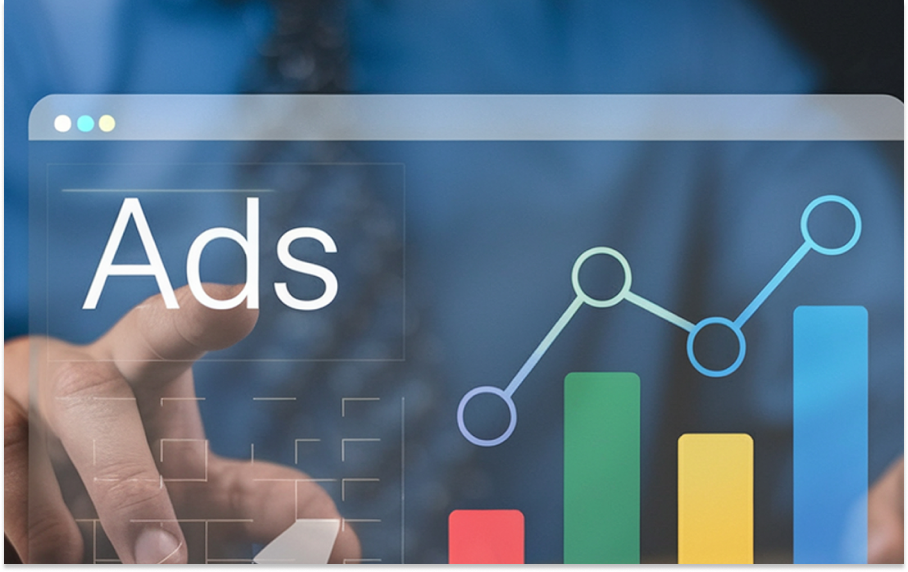


In the present scenario, SEO analytics has become an integral part of any digital platform. It indicates how well your website should rank in the search engine results pages with suitable keywords in place. In the wide area of digital marketing, on-page optimization has a high preference for good brand visibility. Among them, one of the most underrated elements of SEO is the Header Tags for On-page optimization.
Innovkraft, the best SEO agency in Bangalore, specializing in SEO content for websites, has come up with a blog where they are diving deep into the world of header tags, exploring their significance in on-page optimizations and offering best practices of their effective usage.


Header tags, which are also known as HTML heading tags, are formatting characters used in web pages to place the content in a certain format with a certain structure and order. They act like the headings in a newspaper or magazine book, with the outcome of a streamlined draft of the data to be present on the page. Header tags are differentiated into six forms, from H1 to H6 tags and each is elaborated in detail below:


When you imagine well-put SEO content, The H1 tag will be your research statement, branding the main subject in the discussion. Next comes the H2 tags which will be your topic sentences explaining each pointer, in turn supporting your thesis. Lastly, the H3 tags act as sub-points within the H2 tag consisting of each topic sentence, in turn providing the minutest of details. This standard format helps the readers to go through your content with ease and step by step readthrough of your content.
There are multiple reasons why Header Tags are an important part of an SEO blog post. Here’s why:


While using headers is a foundational SEO practice, there are advanced practices that can be implemented to further optimize them on search engines:




We have seen what Header tags are, where and how it is used, and why it is an upcoming and powerful tool in SEO, that can predominantly improve your website’s On-page optimization and user experience. By implementing the best practices provided above, you can create a website with a neat layout, that is easy for both search engines to rank you on top and for users to navigate. As you are aware, SEO is a continual process. Here at Innovkraft, our team of SEO experts helps you plan and develop overall SEO planning which helps you optimize your website for higher search visibility and drives organic traffic. Innovkraft, a leading Digital Marketing Agency in Bangalore, who are specializes in SEO content for websites, has come up with this blog where they are diving deep into the world of header tags, exploring their significance in on-page optimizations and offering best practices of their effective usage.
Contact us today to gain insights into our SEO services and how we can help your website leverage itself in the new-age digital world.